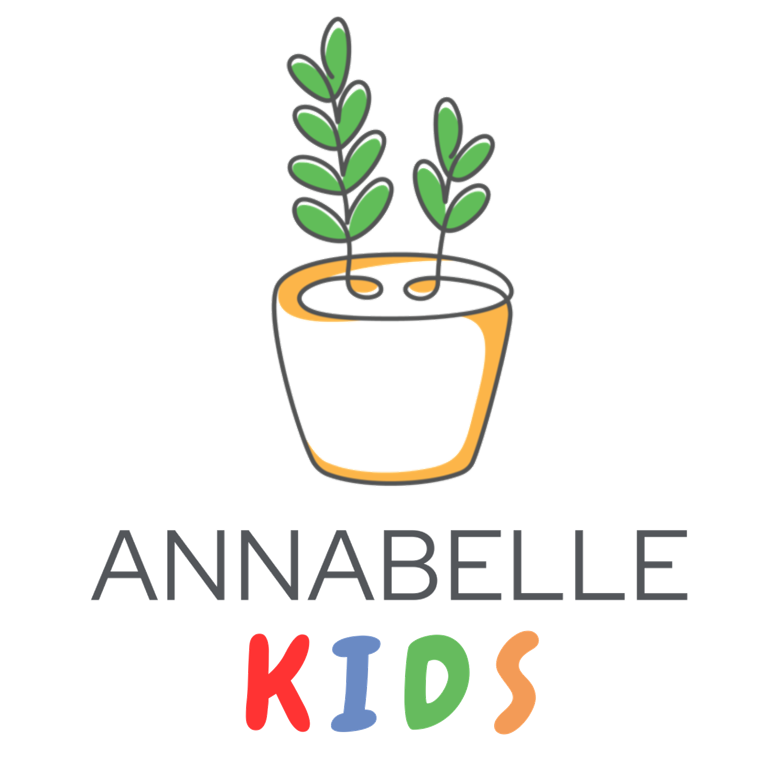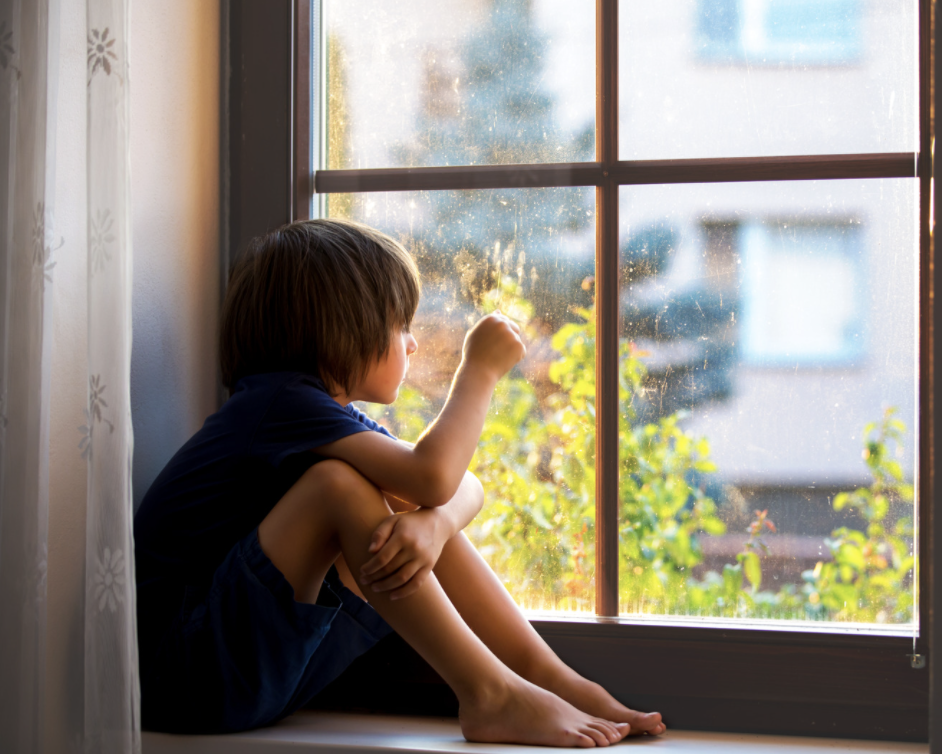Behavioural and Emotional Disorders
Childhood Depression: Signs, Causes and Support
“And how are you?” said Winnie-the-Pooh.
Eeyore shook his head from side to side.
“Not very how,” he said. “I don’t seem to have felt at all how for a long time.”
— A. A. Milne, Winnie-the-Pooh (1926)
Most of us are familiar with Eeyore, the sad and gloomy donkey who can be found in the Hundred Acre Woods with Pooh and friends. While it is not confirmed that Eeyore can been diagnosed with depression (we would love to have the opportunity to chat with him about it though), he is a character who usually jumps to mind whenever we think of the word “depression”.
Every once in a while, everyone feels sad, blue, out of sorts, or “down in the dumps”. Sometimes our sadness is a normal reaction to an unfortunate event in our lives like losing a loved one or a job. At other times, we may feel depressed without really knowing why. These feelings soon pass, however, and we resume our normal activities. Clinical depression, in contrast, is more severe than the occasional blues or mood swings that everyone gets from time to time.
While mood disorders such as Major Depressive Disorder in adults is frequently talked about, did you know that it is equally prevalent in youths? Childhood is often thought of as a happy and carefree time without the burdens or worries that tend to plague adults. It is this line of thinking that contributes to the misconception that children do not get depressed, or at least that their bouts of sadness are short-lived. However, this is not true. In fact, mood disorders are one of the most common, chronic, and disabling illnesses faced by young people. As such, it is vital to understand how mood disorders manifests in children and to provide them with early intervention so they can reap the best possible outcome.
Is my child depressed?
The central feature in a mood disorder is a disturbance in one’s mood, such that the child or adolescent suffers from extreme, persistent, or poorly related emotional states. Like adults, many young people with depression usually express feelings of sadness and loss of interest or pleasure. These are the hallmark signs of depressions that many of us know about. However, a significantly percentage of youths with depression may never report feeling sad. Instead, they may express their depression through frequent bouts of irritability – being easily annoyed, touchy, angry moods, and temper outbursts. Others may describe these children as cranky, grouchy, moody, short-fused, or easily upset, with little things being sufficient in setting them off.
Another important point to note is that depression may be expressed differently by children of different ages.
A toddler may show sadness by being unresponsive, school-age child may display increased irritability, disruptive behaviour, temper tantrums, and combativeness, and a teenager may expressions feelings of guilt, hopelessness, or feel misunderstood.
A child who may be suffering from depression may also display some of the following symptoms:
Ψ Loss of interest or pleasure in most or all activities
Ψ Significant distress or impairment in important areas of life functioning, such as social life and academics
Ψ Accompanying problems, such as anxiety or conduct disorders
Ψ Sleep disturbances
Ψ Difficulty concentrating
Ψ Feelings of worthlessness or excessive guilt
Think of mood as flowing on a spectrum – on one end there’s depression and on the other end you have mania. Mania is an abnormally elevated or expansive mood, increased goal-directed activity and energy, and feelings of euphoria. Young people who suffer from an ongoing combination of extreme highs of mania and lows of depression may suffer from a condition known as bipolar disorder.
Prevalence of depression in children
Between 2% and 8% of all youths aged 4 to 18 experience MDD each year. Depression is relatively rare (about 1% to 3%) among preschool and school-age children, but increases twofold to threefold by adolescence.
Comorbidity
MDD is usually comorbid with one or more disorders, most commonly anxiety disorders like generalized anxiety disorder and separation anxiety disorder. Other common comorbid disorders include conduct problems (usually related to the presence of irritable mood), substance-use disorder, and ADHD.
Managing depression
Common interventions for depressive disorders are usually psychotherapy and antidepressants, sometimes one without the other or both in the most severe of cases.
Examples of psychotherapy that prove to be effective are cognitive-behavioural therapy (CBT) and interpersonal psychotherapy.
Behaviour Therapy
Behaviour therapy focuses on increasing behaviors and activities that elicit positive reinforcement and to reduce punishment from the environment. This may involve teaching social skills training and other coping skills, as well as anxiety management and relaxation trainin
Cognitive Therapy
Cognitive therapy aims to help youths with depression identify and become more aware of pessimistic and negative thoughts. Once these self-defeating thought patterns are recognized, the child is taught to change from a negative, pessimistic view to a more positive, optimistic one.
Cognitive-Behavioural Therapy
Cognitive-behavioral therapy (CBT) has shown the most success in helping adolescents with depression
Combines elements of behavioral and cognitive therapies in an integrated approach.
Interpersonal Psychotherapy
Interpersonal psychotherapy focuses on the social context in which the youth’s depressive symptoms occur, such as romantic relationships, peer relationships, relationship with parents, and so on. It encourages youths to understand their own negative thinking styles, how it influences their relationships and hence, their moods as well as addresses relevant developmental issues that may contribute to depression.

